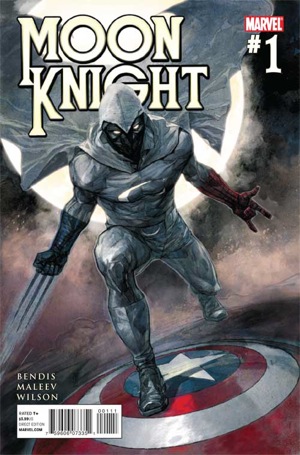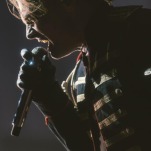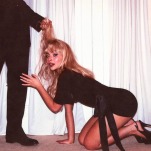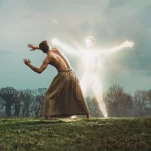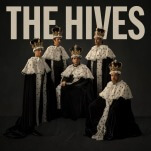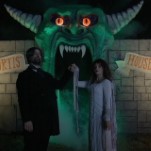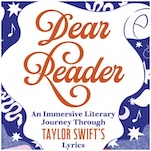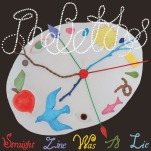Comic Book & Graphic Novel Round-Up (5/11/11)
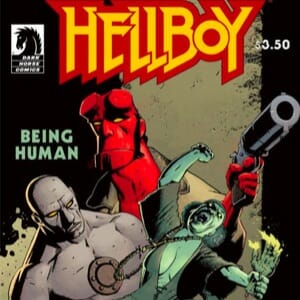
Every week, Paste looks at some of the most intriguing comic books, graphic novels, graphic memoirs and other illustrated books.

Chester 5000 by Jess Fink
Top Shelf 2011
Rating: 7.2
I imagine most of you will quit reading as soon as you get to the words “robot porn”—and it’s true that your opinion of those nine letters will pretty much determine whether you’re interested in Jess Fink’s book or not—but let me append eight more: “charming.” Yes, most of its pages are taken up with acrobatic copulation between woman and machine, and you probably shouldn’t leave this book where your kids can find it, but like the works produced during the high point of the adult film industry, Chester 5000 has both a narrative and a heart. Fink’s nearly wordless pages (the only text is that resulting from sound effects) provide plenty of wank fodder, sure, but they also spell out a gentle, subtle argument for sex before marriage, lest you find yourself with an incompatible partner, as well as the importance of regular boinking to one’s general happiness. The art is fluid and cute, and while the narrative is understandably a bit limited, it is beautifully and clearly conveyed. (HB)

Hellboy: Being Human by Mike Mignola and Richard Corben
Dark Horse Comics 2011
Rating: 6.3
-

-

-

-

-

-

-

-

-

-

-

-

-

-

-

-

-

-

-

-

-

-

-

-

-

-

-

-

-

-

-

-

-

-

-

-

-

-

-

-

